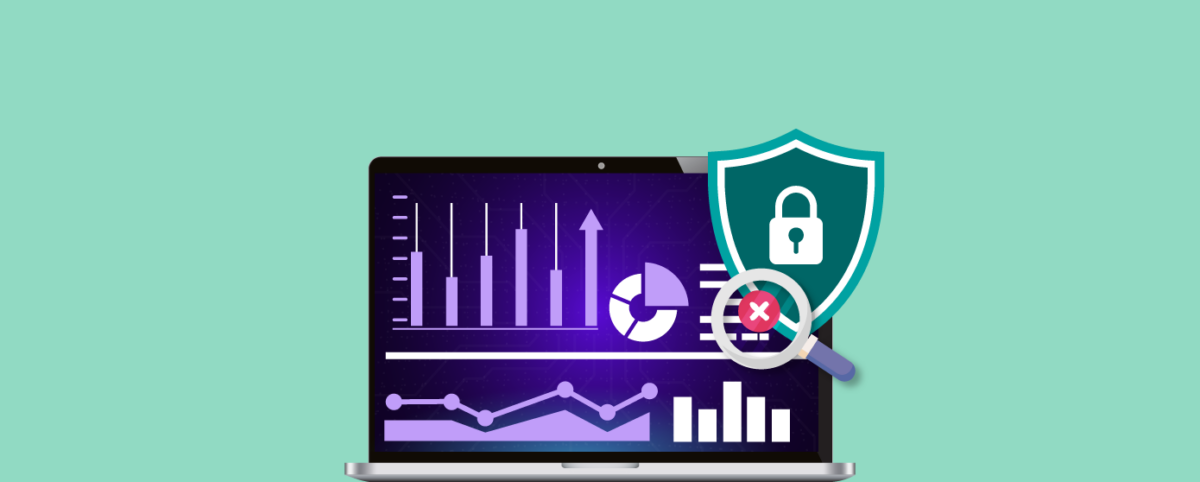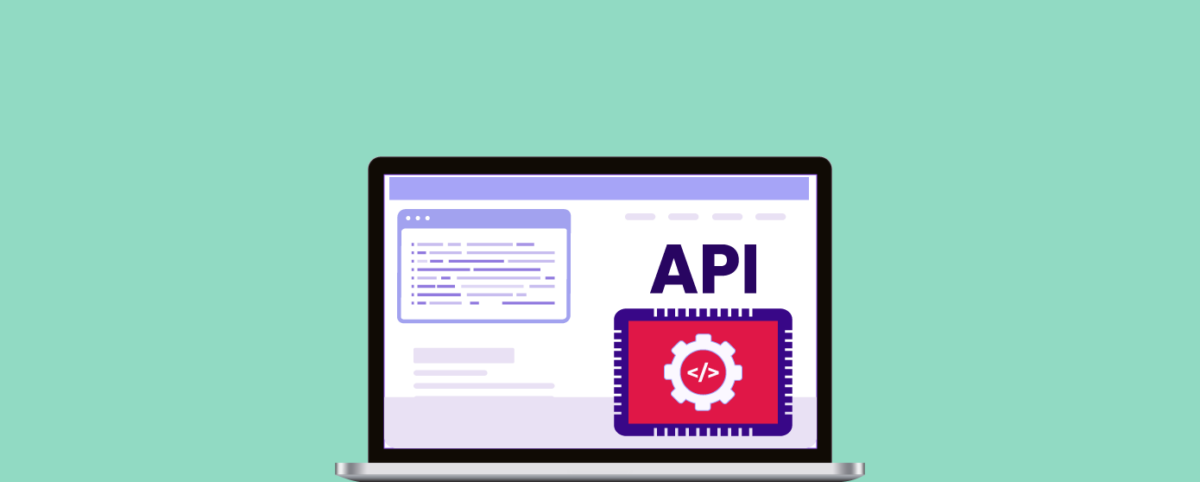Vulnerability Management Metrics and KPIs: What to Track and Why It Matters
Vulnerability management is not just about spotting weaknesses. It is about fixing them effectively and staying ahead of attackers. And the urgency has never been clearer: the 2025 Verizon DBIR shows a 34% increase in attackers exploiting vulnerabilities to gain initial access and cause breaches compared to last year’s report
So, how can you be sure you are on the right track? Are you reducing risk efficiently? Are critical vulnerabilities being remediated before they are exploited?
To answer these questions, you need more than alerts. You need measurable vulnerability management metrics to monitor progress, guide remediation, and demonstrate your security program’s real impact.
What Are Vulnerability Management Metrics and KPIs?
Vulnerability management metrics are quantifiable indicators used to measure how well your organization identifies, prioritizes, and remediates vulnerabilities within its IT environment. These metrics give structure to your vulnerability management program and provide tangible proof of progress or gaps.
Key Performance Indicators (KPIs) are a subset of metrics that are most critical to measuring performance, risk reduction, and operational efficiency.
Types of Vulnerability Management Metrics
Discovery Metrics
These metrics track how well and how quickly vulnerabilities are identified across your environment.
- Time to Detect (TTD): Measures how quickly new vulnerabilities are discovered after release.
- Asset Inventory Coverage: Tracks how many known IT assets are being scanned regularly.
- Scan Frequency: Evaluates how often vulnerability scans are performed (daily, weekly, monthly).
- Scan Depth and Scope: Measures how thorough each scan is in identifying potential flaws.
Risk-Based Prioritization Metrics
These metrics help determine which vulnerabilities should be addressed first based on their risk.
- Risk Scoring Accuracy: Evaluates whether vulnerabilities are prioritized based on exploitability, business impact, and severity.
- Exploitability Coverage: Measures how many actively exploitable vulnerabilities have been fixed.
- Critical Asset Exposure: Tracks vulnerabilities found on high-value or mission-critical systems.
Remediation Metrics
These metrics measure how efficiently vulnerabilities are being addressed.
- Mean Time to Remediate (MTTR): Average time taken to resolve vulnerabilities after discovery.
- Patch Success Rate: Percentage of patches successfully deployed without issues.
- Vulnerability Reopen Rate: Tracks how often previously resolved vulnerabilities reappear due to failed fixes.
- Zero Vulnerability Report: Highlights a clean scan with no open vulnerabilities, demonstrating effective remediation and compliance readiness. Discover how to achieve a Zero Vulnerability Report here.
Program-Level Metrics
These provide an overall view of your vulnerability management program’s maturity and effectiveness.
- Total Number of Vulnerabilities Identified: Gives visibility into the number of vulnerabilities in your applications, systems and networks.
- High-Risk Vulnerability Trends: Tracks whether the number of critical unresolved vulnerabilities is rising or falling over time.
- Remediation Throughput: Tracks how many vulnerabilities are fixed within a set period (weekly/monthly).
- Exception Rate: Number of vulnerabilities deferred or waived due to business or technical constraints
Why Metrics Matter in Vulnerability Management
Effective vulnerability management goes beyond detection it requires visibility into how well vulnerabilities are prioritized and remediated. That is where metrics and KPIs come in.
Here is why they are essential:
Track Risk Reduction Over Time
Metrics like vulnerability aging and exploitability coverage help you understand if your risk exposure is improving or worsening. They quantify the impact of your security efforts.
Focus on What Matters Most
KPIs such as asset risk score or number of open critical vulnerabilities guide your team to prioritize the most dangerous threats based on severity, exploitability, and business impact.
Improve Resource Allocation
By tracking remediation timelines (e.g., Mean Time to Remediate, which is the average time to fix a vulnerability), you can spot bottlenecks, streamline workflows, and decide where automation or extra support is needed.
Demonstrate Compliance
Metrics provide evidence for audits and help ensure you are meeting regulatory requirements like PCI DSS, ISO 27001, or HIPAA. Reports like zero-vulnerability reports support clean, audit-ready documentation.
Enable Continuous Improvement
Recurring issues like high re-open rates or missed patch SLAs highlight gaps. These insights drive process refinement and long-term VM maturity.
Align Security with Business Goals
Executive-friendly KPIs help connect your efforts to risk reduction, operational continuity, and overall business performance.
Reduce Noise and Alert Fatigue
Smart metrics filter out false positives and low-priority findings, allowing teams to focus on vulnerabilities that actually matter.
Top Vulnerability Management KPIs You Cannot Ignore
Here are 10 key vulnerability management KPIs, categorized by focus area. These are not just numbers they tell the story of how strong, responsive, and compliant your vulnerability management process is.
Detection & Risk KPIs
- Asset Vulnerability Density
Measures the number of vulnerabilities per asset. A high density indicates a concentration of risk and may require focused remediation efforts. - Asset Inventory Accuracy
Tracks how complete and up-to-date your asset list is. This is crucial for ensuring scanning coverage and avoiding blind spots.
Program-Level KPIs
- Number of Exceptions Granted
Counts the vulnerabilities for which remediation has been deferred. A high count may indicate a need to review policies or improve remediation capability. - Number of Open Vulnerabilities
Highlights unresolved issues that pose significant risk. Tracking this over time helps determine if risk is being effectively managed. - System Hardening Level
Assesses how well your systems adhere to secure configuration standards (e.g., CIS Benchmarks).
Patch & Scan KPIs
- Data Scan Coverage
Measures the percentage of systems being regularly scanned. Full coverage is essential for comprehensive risk management. - Patch Compliance Rate
Indicates how many systems are up to date with the latest security patches. A high rate reduces the overall attack surface. - Average Time to Patch
Tracks the time taken from patch availability to deployment. Shorter times lower the chance of exploitation. - Patch Reversal Rate
Measures how often patches are rolled back due to failures or compatibility issues. A high rate may point to inadequate testing. - Percentage of Critical Systems Patched
Focuses on patching high-value systems. This metric ensures that business-critical infrastructure is prioritized.
What should you expect from Vulnerability Management Metrics Dashboard
A well-structured vulnerability management metrics dashboard consolidates all KPIs in one place, helping teams monitor progress, spot trends, and take timely action.
A well-designed dashboard transforms static data into actionable insights that empower:
| Metric | Description |
| Open Vulnerabilities by Severity | Focus remediation efforts by threat level |
| Average TTD & TTR Trends | Understand detection and remediation agility |
| Top Vulnerable Assets | Identify hotspots in your infrastructure |
| Patch Coverage by Asset | Ensure critical systems are up to date |
Indusface WAS Vulnerability Management solution enables:
- Context-aware vulnerability detection
- Insant Vulnerability Remediation through SwyftComply
- Clean Zero Vulnerability Reports for audit readiness
Ready to Strengthen Your Vulnerability Management? Kickstart your journey to zero vulnerabilities with Indusface WAS. Start you Free Trail Now.
Stay tuned for more relevant and interesting security articles. Follow Indusface on Facebook, Twitter, and LinkedIn.


 June 27, 2025
June 27, 2025






